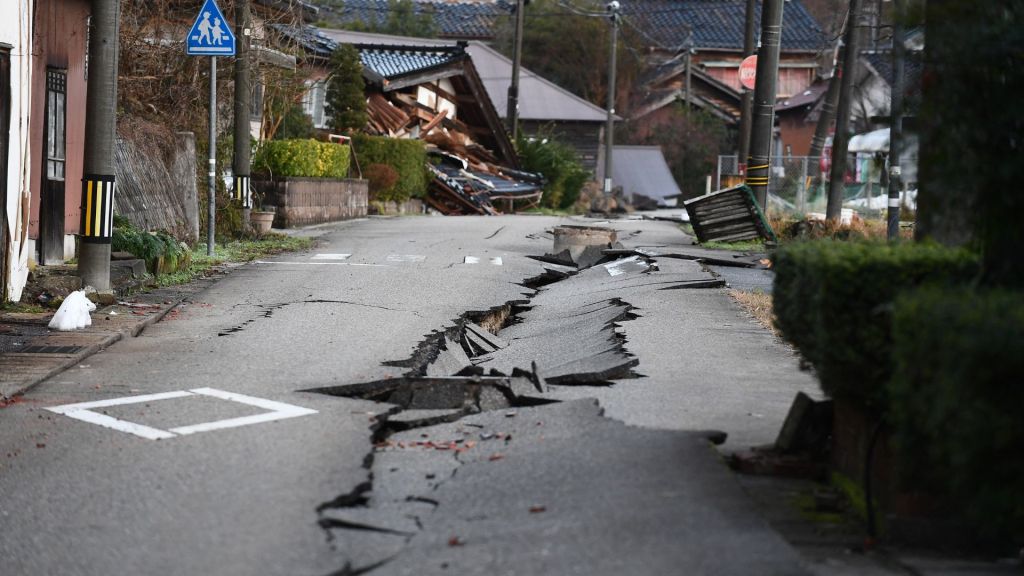US CLEAN-ENERGY PULLBACK COULD ADD 3B TONS OF EMISSIONS BY 2050

Model shows coal and gas higher, wind lower under policy shift
A new DNV outlook suggests U.S. power-sector emissions will be far higher through mid-century if federal clean-energy supports continue to be rolled back and fossil generation receives extended lifelines. The consultancy estimates cumulative emissions rising by roughly 3 billion metric tons versus earlier projections, driven by 46% more coal output and around 5% more gas generation than expected. Wind output would fall by nearly a quarter, with solar modestly lower—though solar-plus-storage could still jump as battery costs keep dropping.
Grid demand vs. decarbonization pace
Electricity demand is rising with data centers, electrified transport and air-conditioning loads, strengthening the case for capacity additions. The report argues policy tilts toward legacy fuels may meet near-term reliability needs but lock in higher emissions and crowd out investment in new transmission. Developers already face interconnection bottlenecks; a weaker policy signal, DNV says, would deepen queues and slow the shift from fossil baseloads.
Analysts note the paradox: despite a slower renewables build-out, falling storage costs create a window for hybrid solar-battery plants to compete in evening peaks. That mix can blunt gas peaker use, but not fully offset the emissions from prolonged coal runs. Meanwhile, carbon capture projects remain uneven and transmission upgrades lag the scale needed to move Midwest wind and desert solar to load centers.
Markets will do some work on their own. Utility-scale solar and batteries remain the cheapest new capacity across much of the country, making them hard to ignore for cost-cutting utilities. Yet without predictable tax credits and streamlined permitting, the deployment curve flattens. The upshot is a grid that grows, but grows “dirtier” than previously mapped—even as total generation expands.
For households, the picture is mixed. Power prices could stabilize if gas stays abundant and solar-battery hybrids proliferate, but exposure to fuel volatility persists. For climate targets, the risk is clearer: a higher, longer emissions tail complicates state-level clean-energy mandates and Paris-aligned trajectories. DNV’s scenario underscores how quickly outlooks shift when policy settings change—and how difficult it is to recover lost time in the build-out of clean power.






















